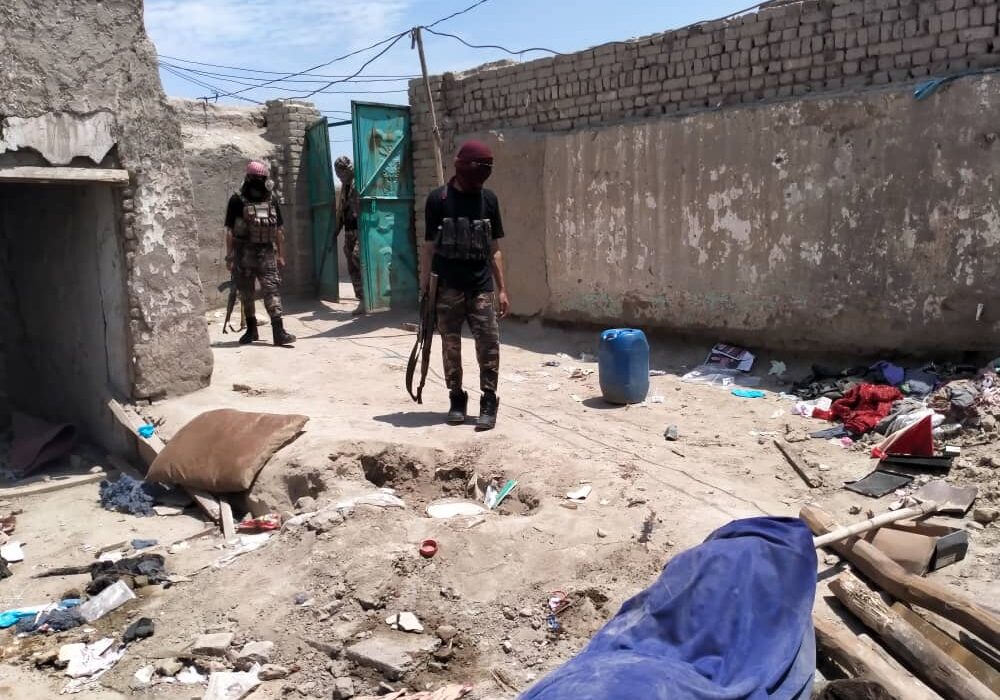Regional member states of the United Nations report that the NATO-caliber weapons previously belonging to the Afghanistan Defense and Security Forces were being transferred to ISIL-K (Daesh) by groups affiliated with the Taliban and al-Qaeda. These groups include Tehreek-e Taliban Pakistan (TTP) and the Eastern Turkistan Islamic Movement.
In the UN’s 17th report of the Secretary-General on the threat posed by Daesh to international peace and security, the organization stated that with the Taliban takeover in Afghanistan, member states expressed concern over the proliferation of large quantities of weapons and other military equipment within Afghanistan and into neighboring states.
The report stated that while Daesh’s previously well-developed external operations capability remained diminished and largely constrained, the ambition to reconstitute is clear. However, “the situation in Afghanistan has become more complex, with increasing member state concerns about the ability of Islamic State in Iraq and the Levant-Khorasan (ISIL-K) to project a threat both in the region and further afield.”
The report pointed out that in the core conflict zone, Daesh has reportedly transitioned to producing fewer, simpler and smaller improvised explosive devices and to now using suicide vests only as a last resort, to avoid the loss of operatives. “There are reports that Daesh has created a so-called Industry Committee within its structures to explore new avenues for advancement in weaponry, such as improvised explosive devices and increased payloads for drones,” the report read.
Member States however assessed Daesh as being the most serious terrorist threat in Afghanistan and the wider region. “The group has reportedly increased its operational capabilities inside Afghanistan, with fighters and family members estimated at 4,000 to 6,000 individuals.”
The UN also stated that although ISIL-K leader Sanaullah Ghafari was reported to been killed in Afghanistan in June, this “remains to be confirmed”. The report did however point out that Ghafari is viewed by some member states as being the most ambitious leader of ISIL-K.
“ISIL-K is becoming more sophisticated in its attacks against both the Taliban and international targets. The group was reportedly focused on a strategy of carrying out high-profile attacks to undermine the Taliban’s ability to provide security,” read the report.
In addition to this, Daesh demonstrated strong operational capability involving reconnoiter, coordination, communication, planning and execution, the UN stated adding that according to some member states, attacks against high-profile Taliban figures in Balkh, Badakhshan and Baghlan provinces in recent months raised Daesh morale and boosted recruitment.
This report comes a few weeks after Iranian Foreign Minister Hossein Amirabdollahian told state television in an interview that Daesh leaders had been sent to Afghanistan from Iraq, Syria, and Libya in recent months. “This is one of the challenges facing the Taliban,” he said at the time.
At the time, the Taliban rejected the claim and said: “If Iran has any intelligence that Daesh members have been transferred to Afghanistan, we hope [they] share it so the Afghan security forces can take the necessary steps.”




